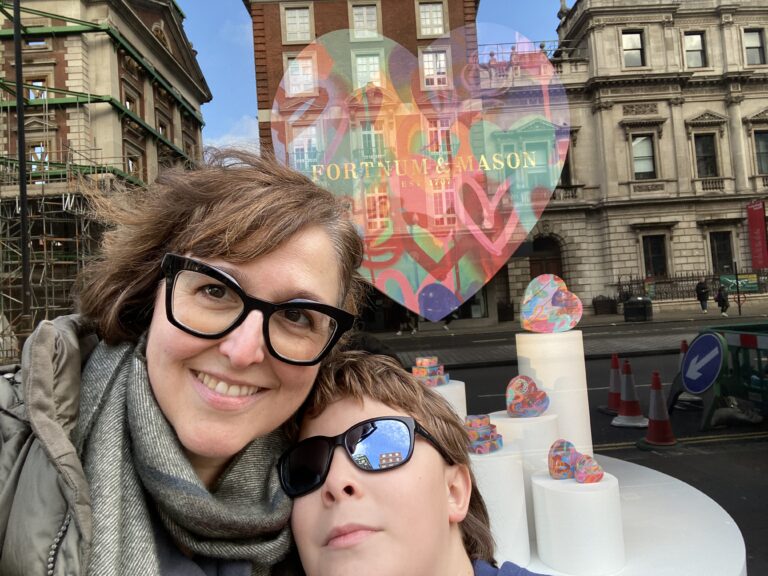Overcoming the chicken and egg problem when job hunting
Most of the messages I get on LinkedIn are from people asking me how they can overcome this problem. The gist of the messages is as follows:
“I know Python and SQL, and have taken online courses in data science. It is still really difficult for me to secure a job in the industry. The companies I apply to either don’t respond at all, or tell me I don’t have the kind of experience they are looking for.”
In this article, I will attempt to answer this question in two parts:
Demonstrating that you have the skills necessary to do the job
Bootcamps and online courses aren’t sufficient to demonstrate that you have the skills necessary to become a data scientist.
Anyone can do an online course and get a certificate. In fact, Andrew Ng’s machine learning course on Coursera has over a million students enrolled.
There are a lot more skills you need to learn before you can become a data scientist (even at an entry level).
To demonstrate these skills, you can do one (or both) of the following:
1. Projects
You are interested in working as a data scientist for company A. Their job listing has a requirement that says:
Looking for someone skilled in NLP and in building sentiment analysis models.
You don’t have work experience and haven’t built a sentiment analysis model for a company in the past. However, you do have some machine learning knowledge, and know how to work with text data.
What you should do now is this:
Find the company on Twitter and other social media. Scrape data of posts that mention the company.
Then, build a sentiment analysis model with this data, and showcase it on your portfolio.
Highlight this project under work experience when applying for the job. You have attempted to solve the company’s problem before even having the job, which will make you stand out among all the other applicants.
You can also read my article “data science projects that will get you the job” which outlines exactly the kind of projects you should showcase on your portfolio. I got my first data science internship by doing exactly what I explained in the article.
2. Get Certified

Getting certified doesn’t mean taking a course on Coursera and working towards a verified certificate.
There are numerous professional certifications you can get that are universally recognize. These certifications prove that you have the necessary skillset to get the job done, and have a deep enough understanding of the tools used to be able to work in the field.
Some of the most popular certifications include:
Google Cloud Data Engineer Certification
Most companies that work with large amounts of data use Amazon AWS, Microsoft Azure, or Google Cloud.
Being Google Cloud Data Engineer certified means that you are able to build data-driven solutions and deploy scalable machine learning models with Google Cloud.
This is a two hour proctored exam, and recommend that the certification is for people with 3+ years of industry experience.
However, you can learn how to use the platform on your own and pass the exam in just a couple of months. Watch Daniel Bourke’s video on how he became a certified data engineer on Google Cloud with no prior GCP experience.
Microsoft Certified: Azure Data Scientist Associate
This certification will test you on predictive analytics, AI, machine learning, and NLP. You need to be comfortable with deploying predictive models and using the Microsoft Azure platform.
Tensorflow Developer Certificate
This is another certification program offered by Google. The exam will test on your ability to build machine learning (particularly deep learning) models with Tensorflow in Python.
You will need to know how to build image recognition algorithms, NLP models, and time series forecasting models.
Take a look at this comprehensive guide on getting Tensorflow Developer Certified with little to no prior experience.
3. Applying for the job
I suggest starting out with an internship before applying for a full-time data science position.

Companies are more likely to give out internships to someone with no prior work experience. After completing an internship, it will be a lot easier for you to secure an entry-level position in the company.
Even applying for internships can be difficult.
A lot of people have messaged me in the past talking about their failed internship application.
Most of them never even got a response back. This is often the case when you apply for a position via job portals.
Job portals are a dead end.
Most employers post open positions on their portals, then don’t close the application even once they have found enough people for the job.
Instead of applying to a company via job portals, I suggest going a step further and reaching out to someone working there.
Find a recruiter who works in the company, or the head of their data science team. Send them a personalized e-mail explaining who you are and why you want to work with them.
I got an interview with Deloitte because I reached out to a recruiter and explained that I was looking for a data science internship.
I got a message back the very next day and got called back for interviews, and finally got the internship. I didn’t even know that there was an open position for a data science intern in the company.
I just reached out asking if I could join their data science team as an intern, and was surprised I even heard back.
I’ve had a much higher success rate when reaching out to recruiters personally as compared to just sending my application in, and I suggest you do the same.
Conclusion
Getting an entry-level job in data science is difficult. In fact, that is one of the biggest barriers you will face in your data science career.
Once you secure your first internship or job, it usually becomes easier to get the next one if you do leave your company.
The entire “how do I get experience if no one wants to give me experience” thing can be frustrating, but it isn’t permanent.
There are a lot of different ways you can demonstrate that you have the necessary expertise to do the job even with no prior work experience.








